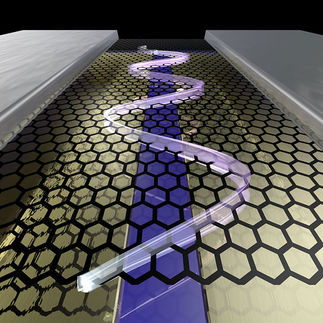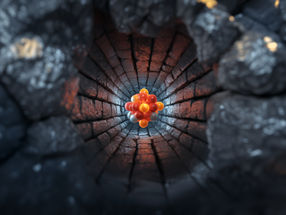Biodegradable electronics
Shellac is a natural resin found in large quantities in the forests of Thailand and India, where it is secreted into the bark of trees by the female lac bug. Currently used in the fashion and beauty industry as a hard-wearing nail varnish, this material has also been used to make gramophone records and as a furniture finish.
Now, a team of scientists in Austria, led by Mihai Irimia-Vladu, in collaboration with co-workers in Romania and Turkey, have exploited the properties of shellac to fashion biocompatible organic field-effect transistors (OFETs). Together with their better known cousins – organic photovoltaics (OPVs) and organic light-emitting diodes (OLEDs) – OFETs are already revolutionising the electronics industry, bringing us flexible displays and light-weight solar-powered chargers for starters. Switching the substrate material and dielectric layer to a bio-origin material such as shellac can help make such gadgets biodegradable and allows for easier use of OFETs for in vivo applications.
Other news from the department science

Get the chemical industry in your inbox
By submitting this form you agree that LUMITOS AG will send you the newsletter(s) selected above by email. Your data will not be passed on to third parties. Your data will be stored and processed in accordance with our data protection regulations. LUMITOS may contact you by email for the purpose of advertising or market and opinion surveys. You can revoke your consent at any time without giving reasons to LUMITOS AG, Ernst-Augustin-Str. 2, 12489 Berlin, Germany or by e-mail at revoke@lumitos.com with effect for the future. In addition, each email contains a link to unsubscribe from the corresponding newsletter.

























































